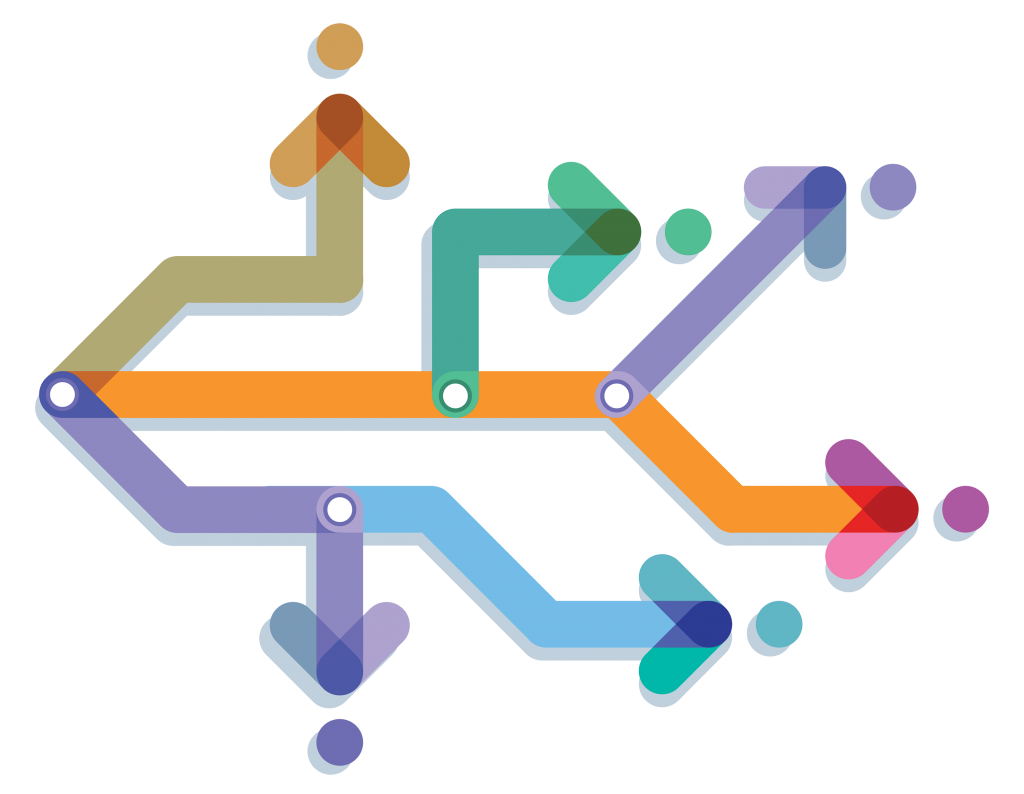Differentiating Instruction in Your LMS

Anyone who has been in the world of education for any significant amount of time knows that blanketed instruction, or teaching all students in the same way and expecting them all to learn the same thing, just doesn’t work. We also know, unfortunately, that providing individualized instruction for every student in a class, or even different groups of students, isn’t feasible given the amount of time it takes and the amount of time we just don’t have. Fortunately, today’s technology – specifically the use of a learning management system (LMS) – opens up a lot of opportunities for differentiating instruction.
One way to use an LMS to your advantage – and your learners’ – is to provide a differentiated rate or pace for learning. Providing materials within the LMS for learners to access and complete at any time will give them the flexibility they need to process information at their own pace, which will increase retention and enhance learning. The materials can be medium-, low- or no-stakes, can include slide presentations, PDFs and videos, among other types, and can be reinforced with quizzes and interactive tasks to support learning. The quizzes and tasks can offer feedback tailored for each question, which will further help each student as needed.

Another great way to use an LMS to provide a more differentiated learning experience is to deliver additional support resources that cover topics in several different ways. Some students prefer to gather information by reading, while others may prefer to watch a video, while still others others may prefer audio that supports a reading text. Having an LMS at your fingertips means being able to provide your learners with all of this and more, which they can access based on their needs and preferences. Links to supporting websites, articles and slide presentations can all be added to a course, and collaborative tools such as discussion forums can be added so students can support each other. This will take a bit of work on the teacher’s part up front, but once it’s done, it’s there for all to use and it can free up a teacher’s time going forward, as learners are able to get what they need whenever they need it
Neither last nor least of the ways in which you can use your LMS to differentiate learning is by creating learning pathways. You can use adaptive release tools to provide students with resources that lead them in one direction or another through various pathways that all lead to the same end goal. The directions they go can be based on criteria such as performance, task completion and date, to name a few. Some students may go directly to the end, passing each resource or task without need for redirecting or remediation, while others may need to take a different path to get there. As with other methods of differentiation via LMS, this can take a bit of work on the front end – not to mention planning – but it can be so worth it for the benefit it provides your learners and, in the long run, can save you time.
These would be daunting if not impossible strategies to use in a traditional learning environment, but with the addition of an LMS – as well as the growing necessity and consequent popularity of online teaching – we now have at our disposal tools that can help us provide many ways of taking in and using information, which will contribute to maximizing student learning.
Subscribe to our Newsletter
Recent Posts
Teaching infographics #2 – VOCAL: Traits of a Successful Online Teacher
This graphic is a quick guide for some common s...10 routines for teaching online – #4 Talk types
The idea of ‘talk types’ is loosely...
Differentiating Instruction in Your LMS
Anyone who has been in the world of education f...
Authors
- Andy Steele (9)
- Azim Ahmed (12)
- Christine Lampe (3)
- Gemma Escott (1)
- Larry Davies (25)
- Mahinour Ezzat (1)
- Raghad Nihlawi (16)
- Samantha McDonald Amara (16)
- Sarah Whittaker (55)
- Silishi Noushad (1)
Categories
- Adult Learning
- Assessment
- Blackboard
- Blackboard
- BookWidgets
- Collaborate Ultra
- Ed Tech
- Grade Center
- ILC
- Infographics
- Instruction
- Learning Technology Tools
- Microsoft
- Mobile OS
- Mobile Technology
- Nearpod
- News & Events
- PLAs
- Professional Development
- Routines
- Teaching with Technology
- Uncategorized
- Webinars
Tag Cloud
Archives
- February 2021
- November 2020
- October 2020
- September 2020
- August 2020
- July 2020
- June 2020
- May 2020
- April 2020
- March 2020
- February 2020
- January 2020
- December 2019
- November 2019
- October 2019
- September 2019
- August 2019
- June 2019
- May 2019
- April 2019
- March 2019
- February 2019
- March 2016
- January 2016
- November 2015
- October 2015
- June 2015
- May 2015
- March 2015
- February 2015
- January 2015
- November 2014
- October 2014
- September 2014
- August 2014
- June 2014
- May 2014
- April 2014
- March 2014
- February 2014
- January 2014
- September 2013
- January 2013
- December 2012
- November 2012
- October 2012
- July 2012
- April 2012
- March 2012
